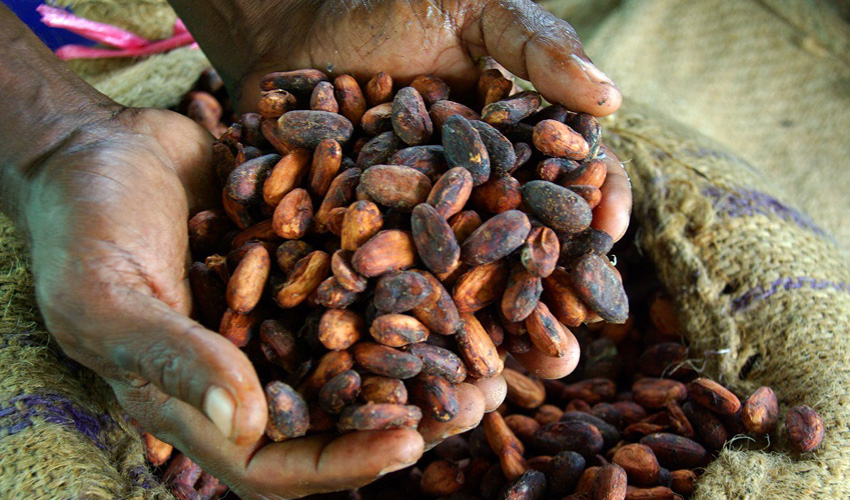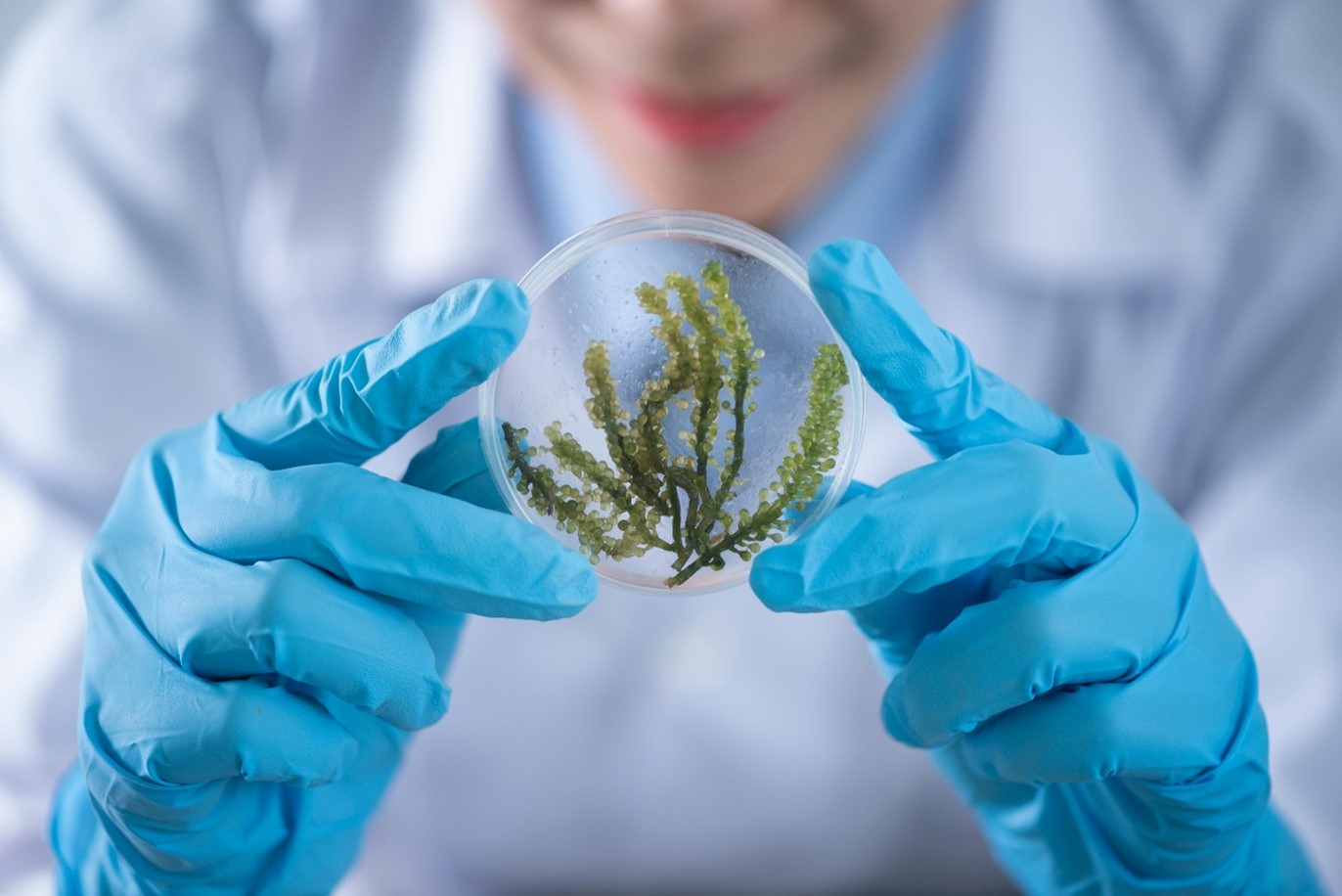If we are to achieve our shared objective of conserving nature and living sustainably on the planet, the international conservation movement will need to up its collective game.
While our actions as individual conservationists and non-governmental organizations are important, it is likely we could achieve greater impact if we connected our work and resources more effectively with those of others. By ‘others’ I refer not only to other conservationists. I also mean indigenous communities, advocates and even potential industrial partners.
The dire situation we face means that we need to become more pragmatic about choosing collaborators.
While it may feel uncomfortable to include some whom we have historically perceived as the problems themselves or as impediments to resolving the mounting conflict between human economic interests and nature, the dire situation we face means that we need to become more pragmatic about choosing collaborators.
I have come to feel strongly about this over the more than two decades during which I have devoted significant time and resources to ape conservation both personally and through my role as founder and president of the Arcus Foundation. Quite often, I see projects operating in isolation – projects mounted alone by one person or organization – and I wonder whether coordination with collaborators or even some unlikely partners might have yielded better results and achieved greater impact.
In aggregate, we must constantly ask ourselves whether, as a movement, we are spreading our resources too thin, acting without the benefit of insights that might have been available through a different partner, duplicating efforts or even impeding the success of other worthy projects. The obstacles we face will not be overcome if we continue to pursue our work in silos even when our projects are clustered in the same geographic location.
Choosing partners
There has long been a reticence in our movement to working with certain types of partners whom history and perception have cast as nature’s enemies, or who see the world through a very different lens. Many companies and organizations see the exploitation of natural resources as essential to their business models and economic gain. This has often led to an aversion to engaging with business and industry.
By ignoring opportunities to engage with business, we have at times left companies stunned, uninformed and too defensive to be good partners.
Some see any engagement with business as the enablement of ‘greenwashing’. But clearly, it is simply not realistic to imagine a world in which humans take nothing from nature to feed their families, heat their homes or move themselves and things across countries and continents.
Humans must consume to survive, and by unnecessarily vilifying or ignoring opportunities to engage with business interests, we have at times left companies stunned, uninformed and/or too defensive to be good partners.
When we do engage, good things can happen, such as the food giant Danone announcing its ambition to become a net zero carbon company across its supply chain, Bridgestone committing to a ‘No Deforestation, No Exploitation’ policy, and Cargill’s promise to “accelerate progress toward a transparent global cocoa supply chain and enable farmers and their communities to achieve better incomes and living standards, and deliver a sustainable supply of cocoa and chocolate products”.








Añadir nuevo comentario